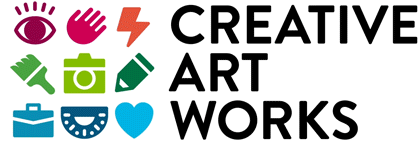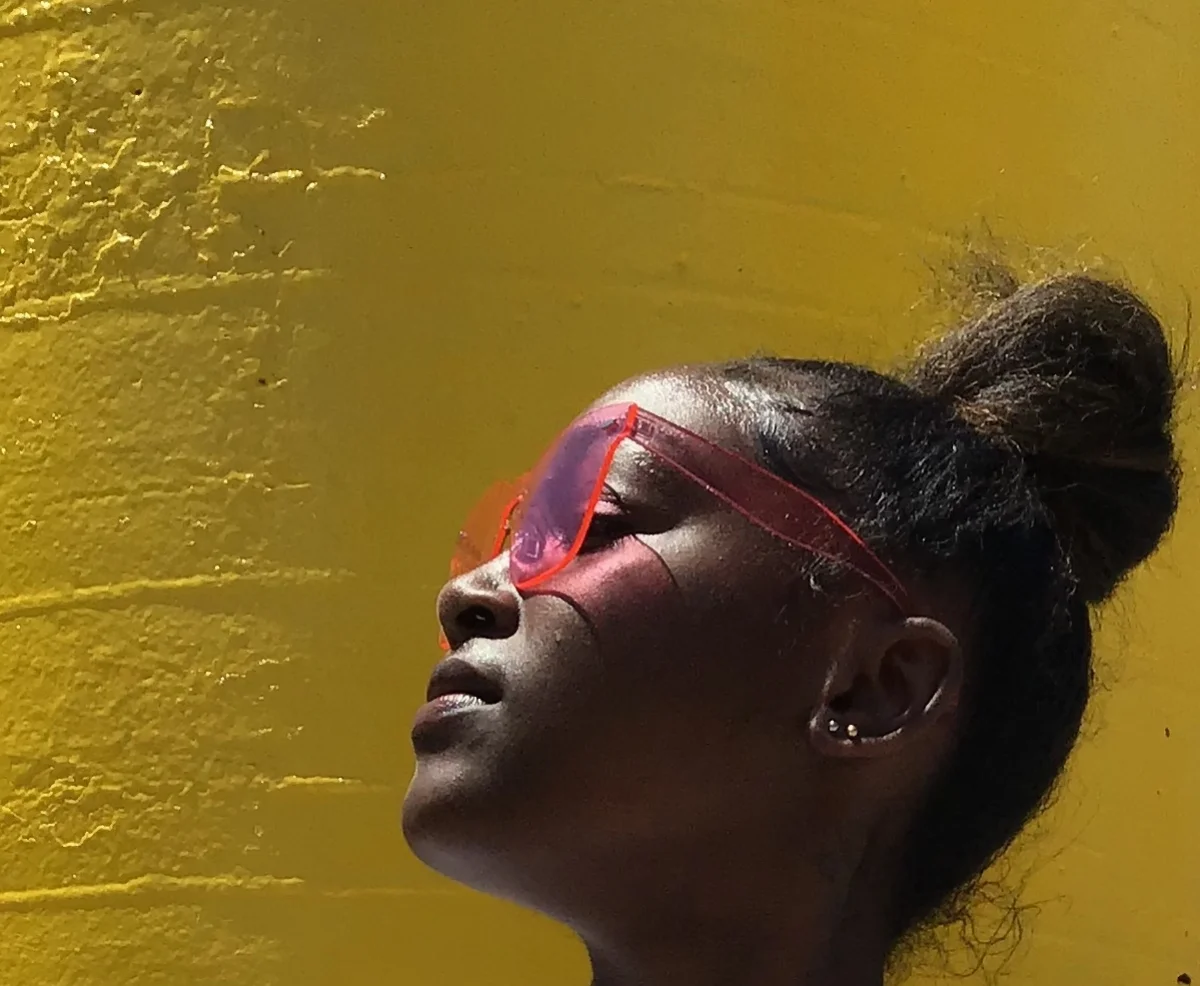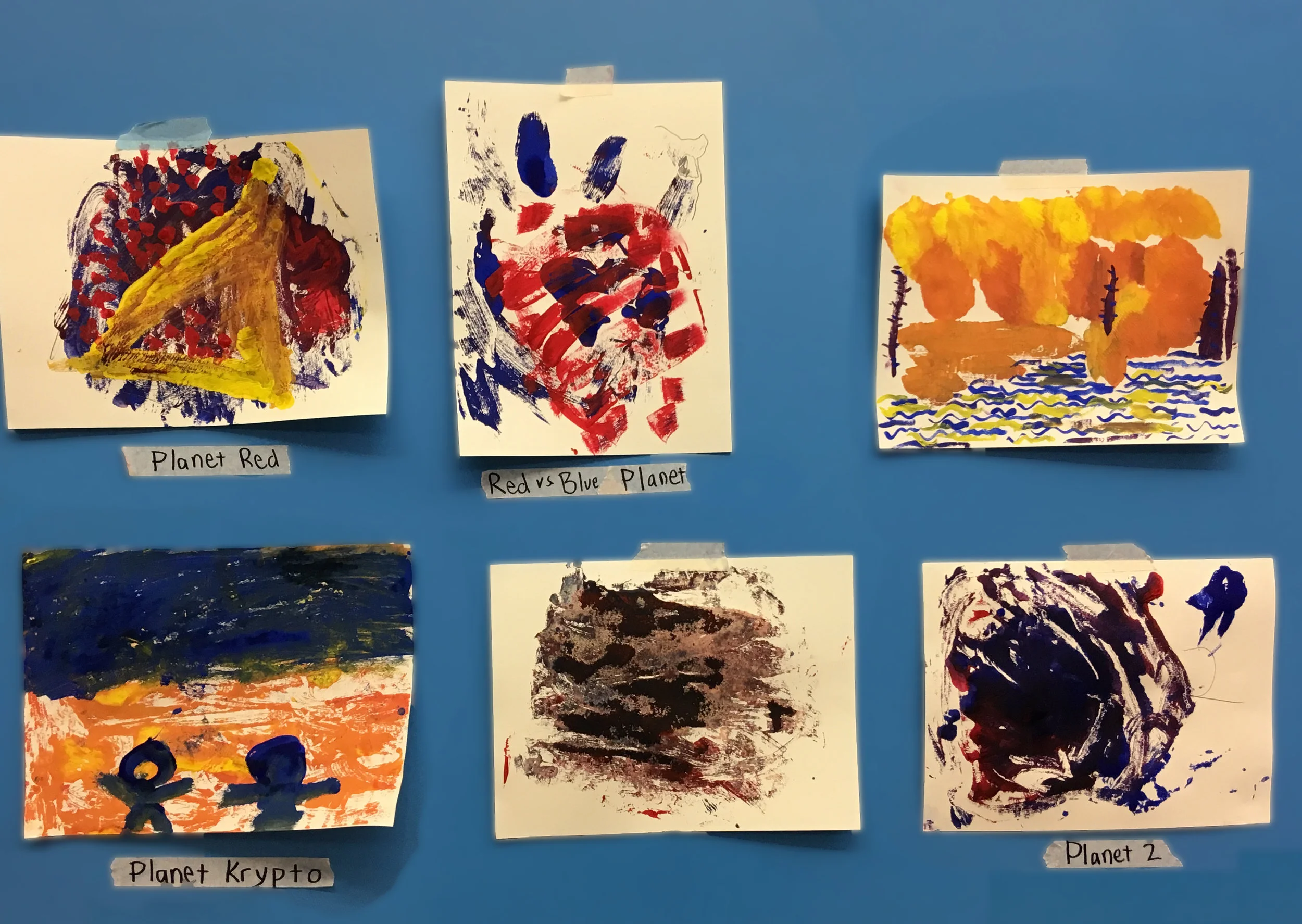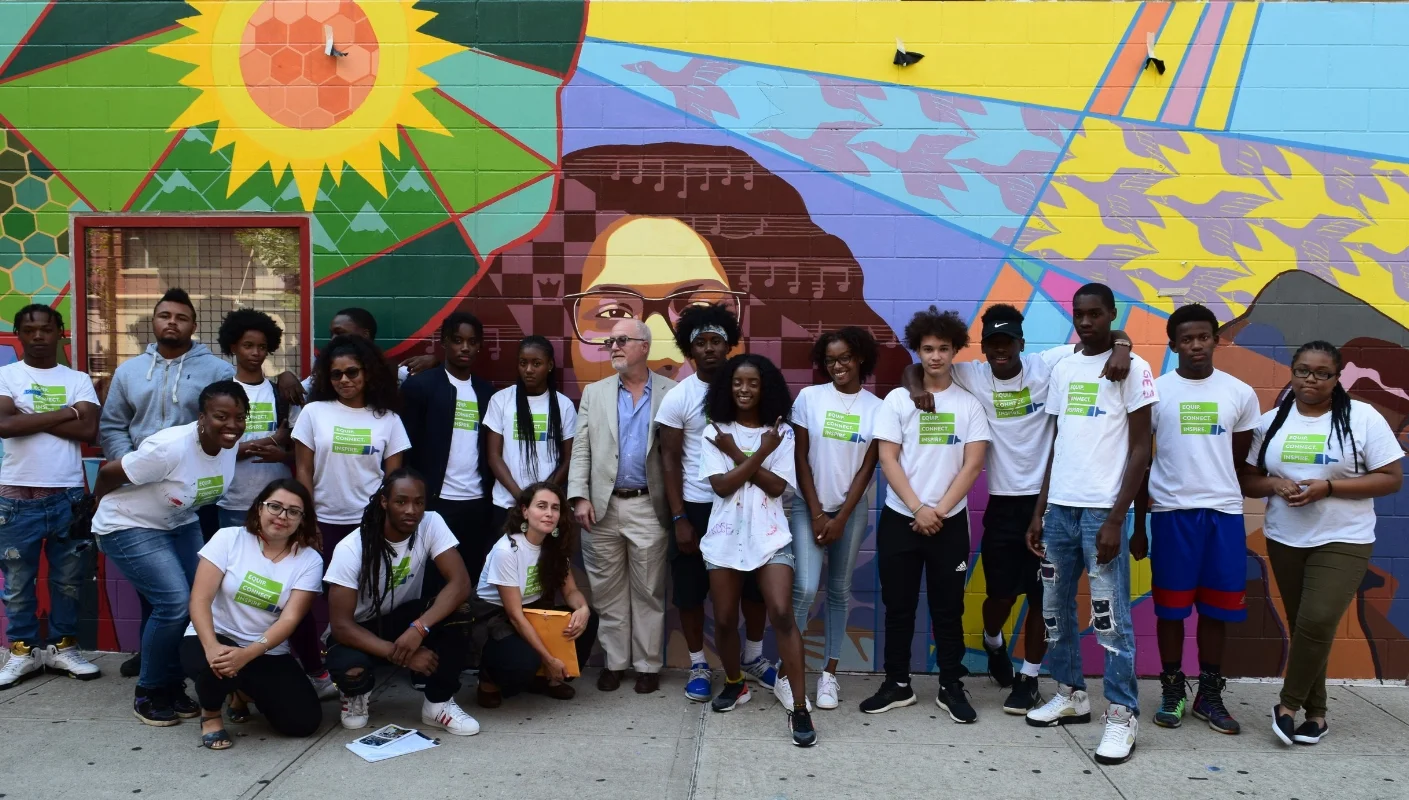Alexander Calder is probably best known as the inventor of the “mobile,” a type of kinetic sculpture carefully balanced so it can move freely. Calder’s sculptures can be seen all over the world, but the reason we chose him for inspiration for a stay-at-home project is because he often made art out of things he found around the house or on the street, such as wire, yarn, fabric, recycled cans, and scraps of metal or wood. He often worked with very simple tools or no tools at all. In fact, he made many sculptures out of nothing but some wire using just his hands.
Read MoreCreating a short animated video is a whole lot of fun. It’s also a whole lot of work. Bringing a few seconds of animated video to life requires hours of planning, patience, and persistence. In this Creative Art Works’ after-school program, students learned the many skills needed to bring their creative vision to life.
Read More“How can you NOT be optimistic about the future when you spend your days working with young people?” This summer, we’re going to try to bottle the experiences of our Youth Apprentices the way you might catch a firefly in a mayonnaise jar. Between now and the middle of August, we will be posting regular "lightning interviews" on our social media and in our newsletters. Read on for a six flashes of inspiration.
Read MoreKids at ACS Children’s Center are experiencing extraordinary circumstances at a young age, yet they remain resilient and they persevere. They are generally kind and loving to each other and adults. They have open hearts. These are also really smart. They are curious and eager to share their knowledge & interests. And their desire to create is palpable. Children seem to find their way into the art room.
Read MoreIn the internet age, when social media platforms allow young people to instantly broadcast their thoughts and opinions to the world with a just a few taps on their smart phone, face-to-face conversations can seem quaint, if not downright low-tech. Yet impromptu speaking is a skill that both kids and adults use every day in school, with friends and family, and on the job. In January, students in CAW after-school art workshops had a chance to talk about their art to friends, family, teachers and administrative staff in RL (real-life) at culmination events.
Read MoreAny parent who has ever read a picture book to their child knows that some days the child will insist that it’s their turn to tell the story. As young children look at pictures, they naturally tell stories about what might be happening. They do this with their parents, their siblings, their classmates and their teachers. By constructing their own meanings about what they see, children become active creators of their own knowledge.
Read MoreThis fall, Creative Art Works is offering some of New York City’s most vulnerable youth an opportunity to connect with themselves and their community, develop their own voice and, simply enjoy a healthy and creative experience. CAW is providing two after-school art programs to young children and teens living in the Children’s Center, a transitional residence run by the Administration for Children’s Services (ACS) for young people who are awaiting foster care placement.
Read More"...Our mural began and we finished the plan,
And I just want to say how proud that I am.
I’m blessed for my God, blessed for my people,
Blessed to be up here rather down there with evil.
Blessed to be on the mural that’s mentioned,
The mural that brings out attention,
The mural that we have invented,
This is our Ascension!"
All art-making is an act of communication. The processes that surround exhibiting artwork — the development of artists’ statements, the receiving of feedback and recognition — are essential elements in supporting the development of a sense of agency: the belief that intentional, creative action can transform the world around us.
Read MoreAbout 73,000 years ago, somebody made a pattern of nine red lines on on a small stone flake found in a cave about 200 miles east of Cape Town, South Africa. It may be the first known work of art. The idea eventually spread all over the world until hundreds of caves were decorated with hand prints, magic symbols and hunting tableaus. The most recent examples of this art form were recently discovered in the wilds of Upper Manhattan at Inwood Public Library and United Palace of Cultural Arts.
Read More










